
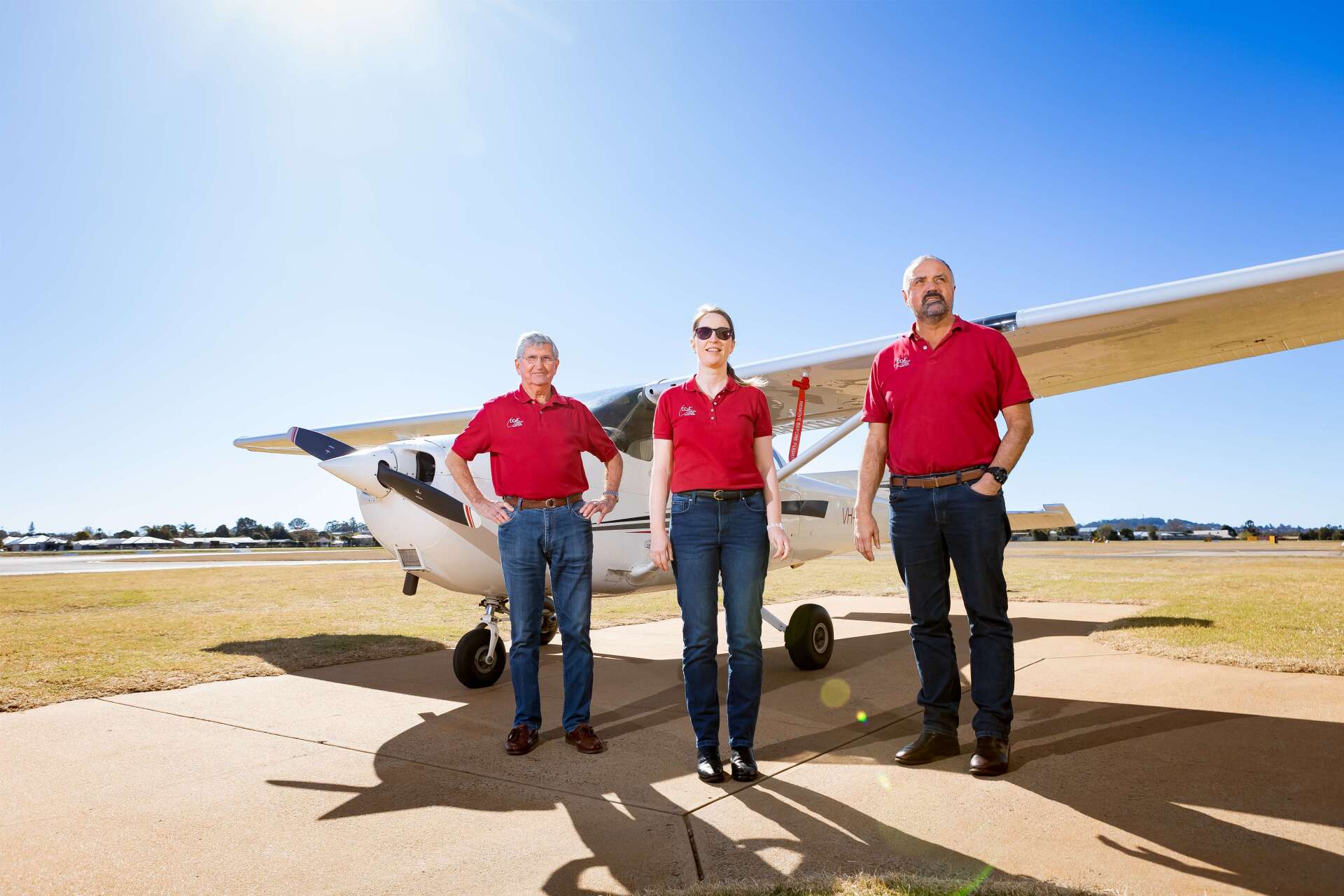

Darling Downs Aero Club
Est. 1946
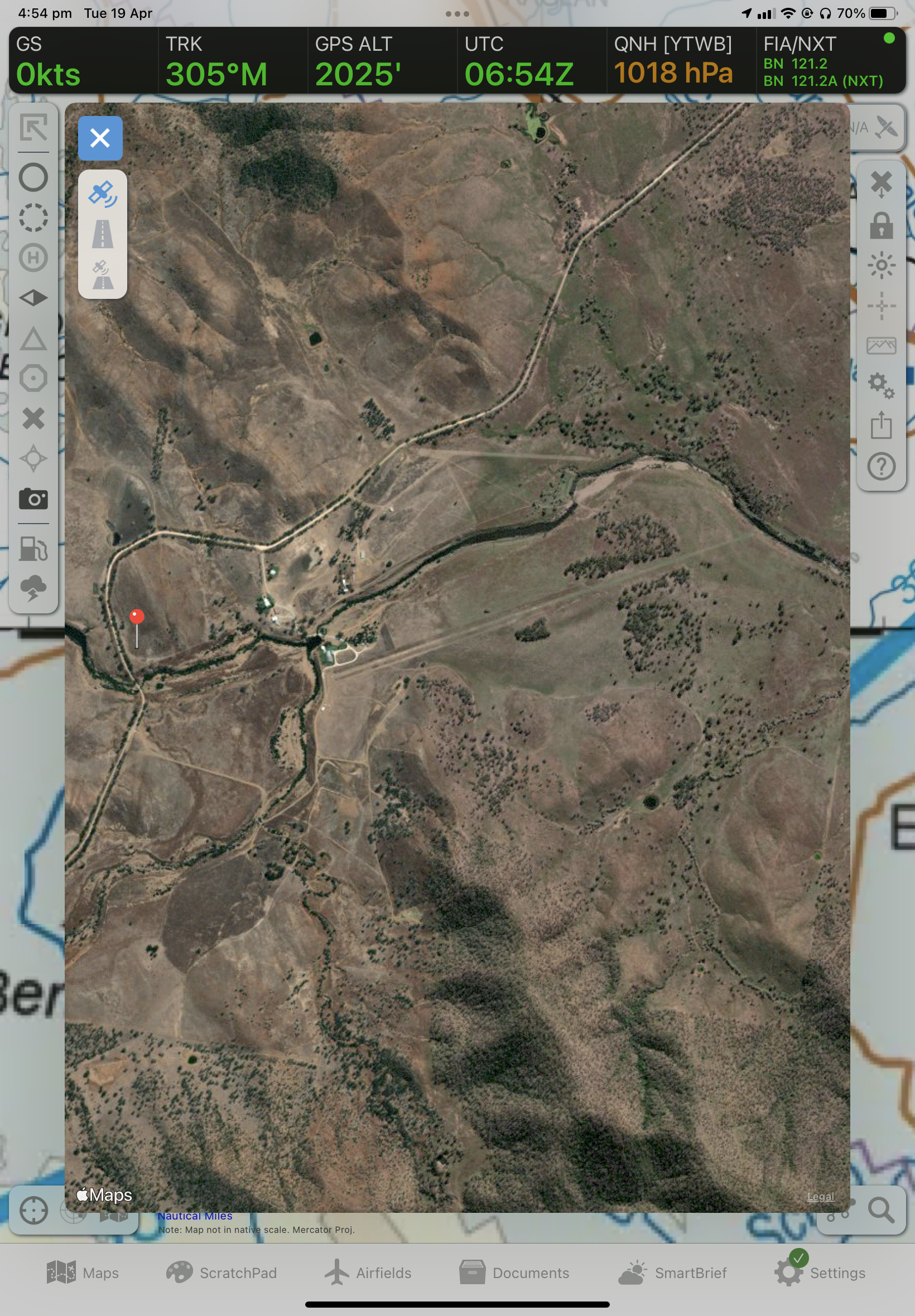
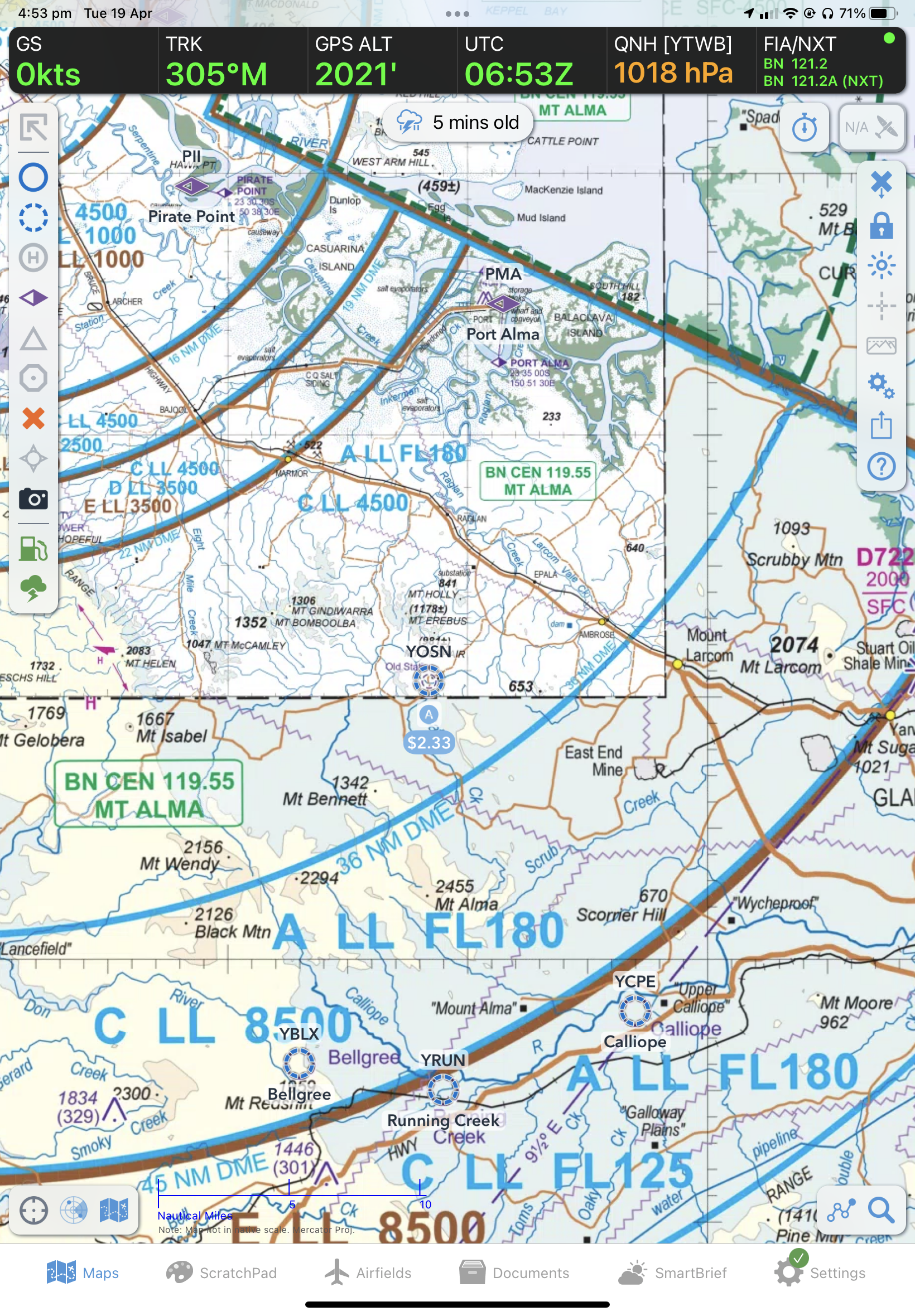

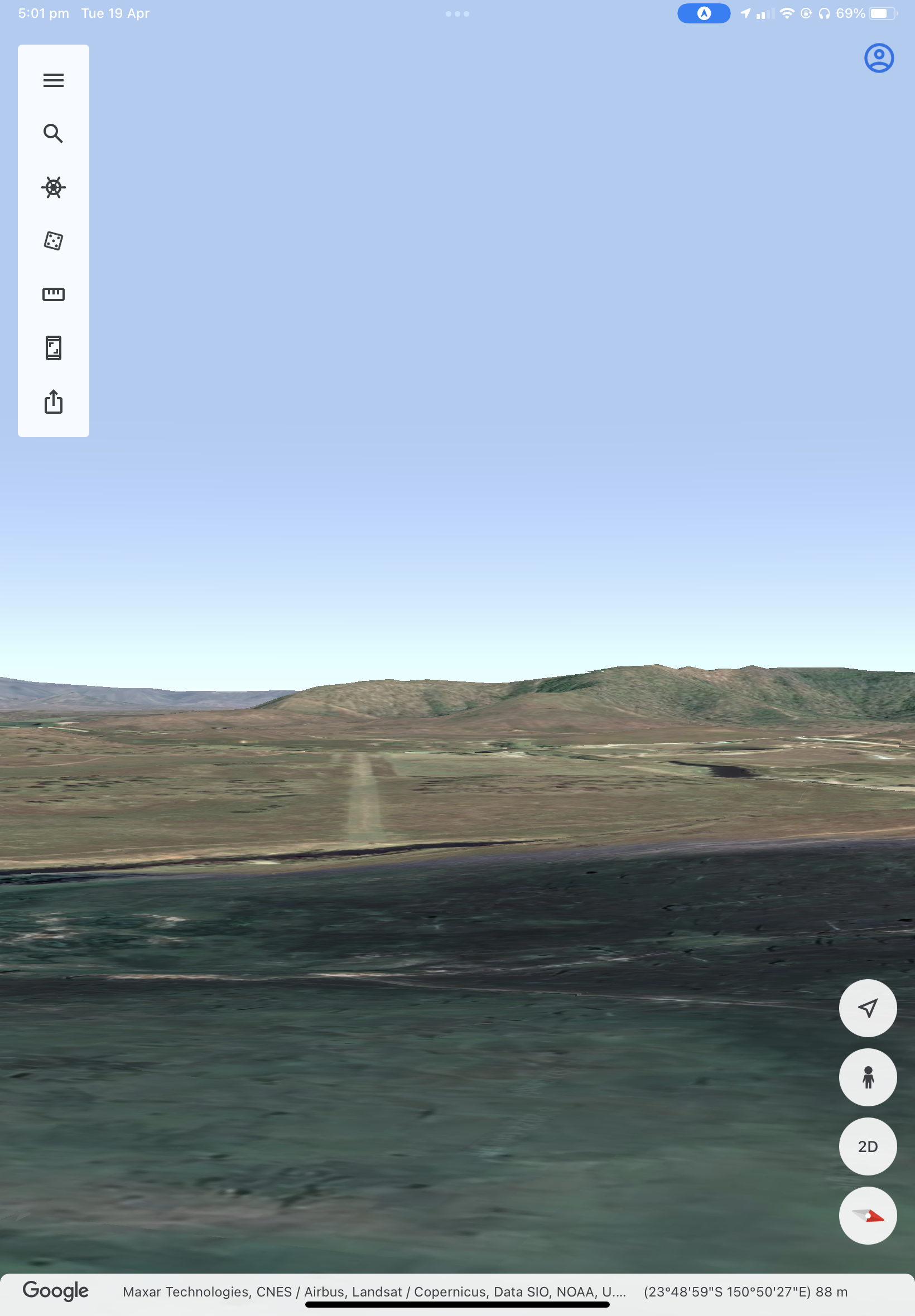
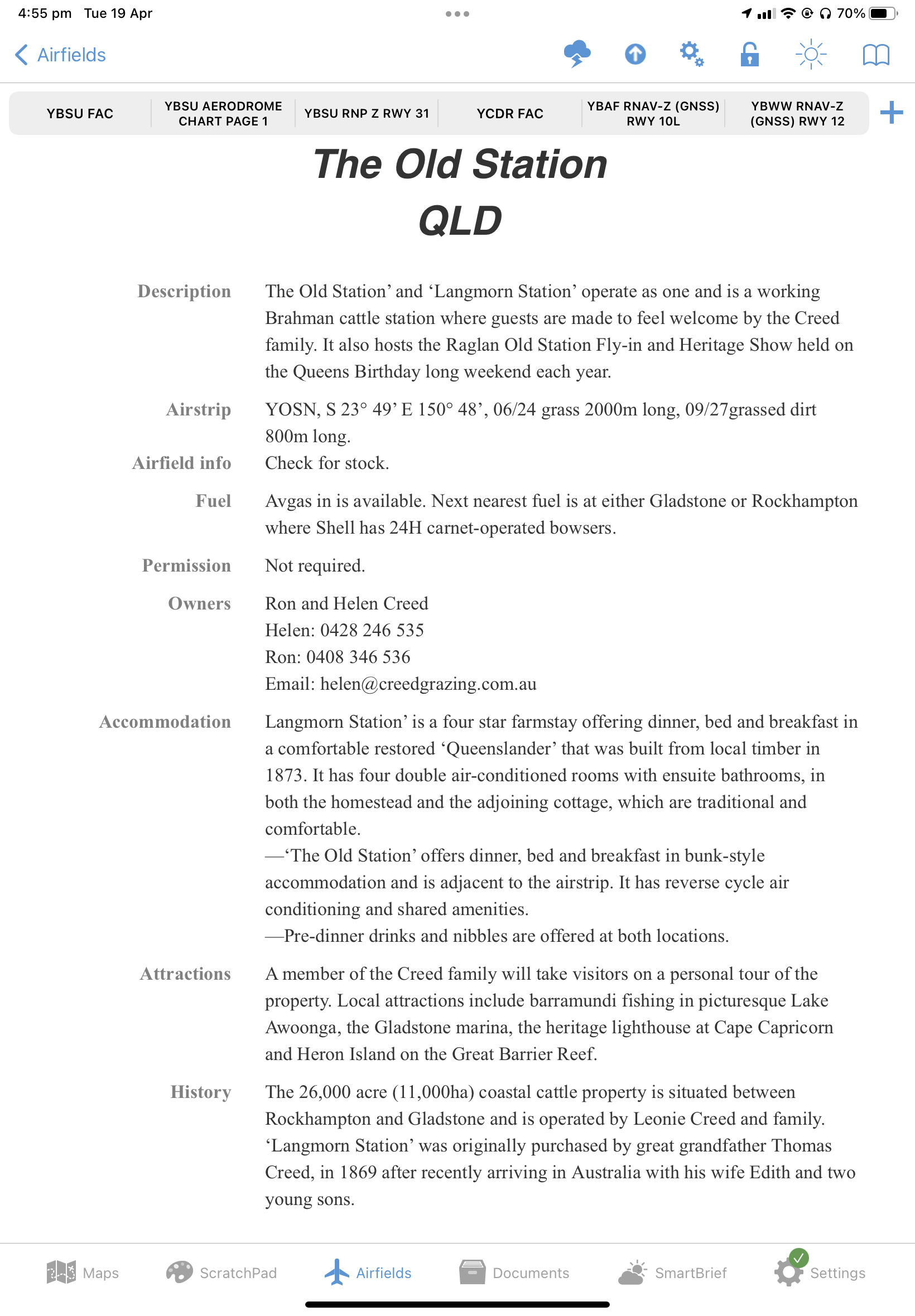

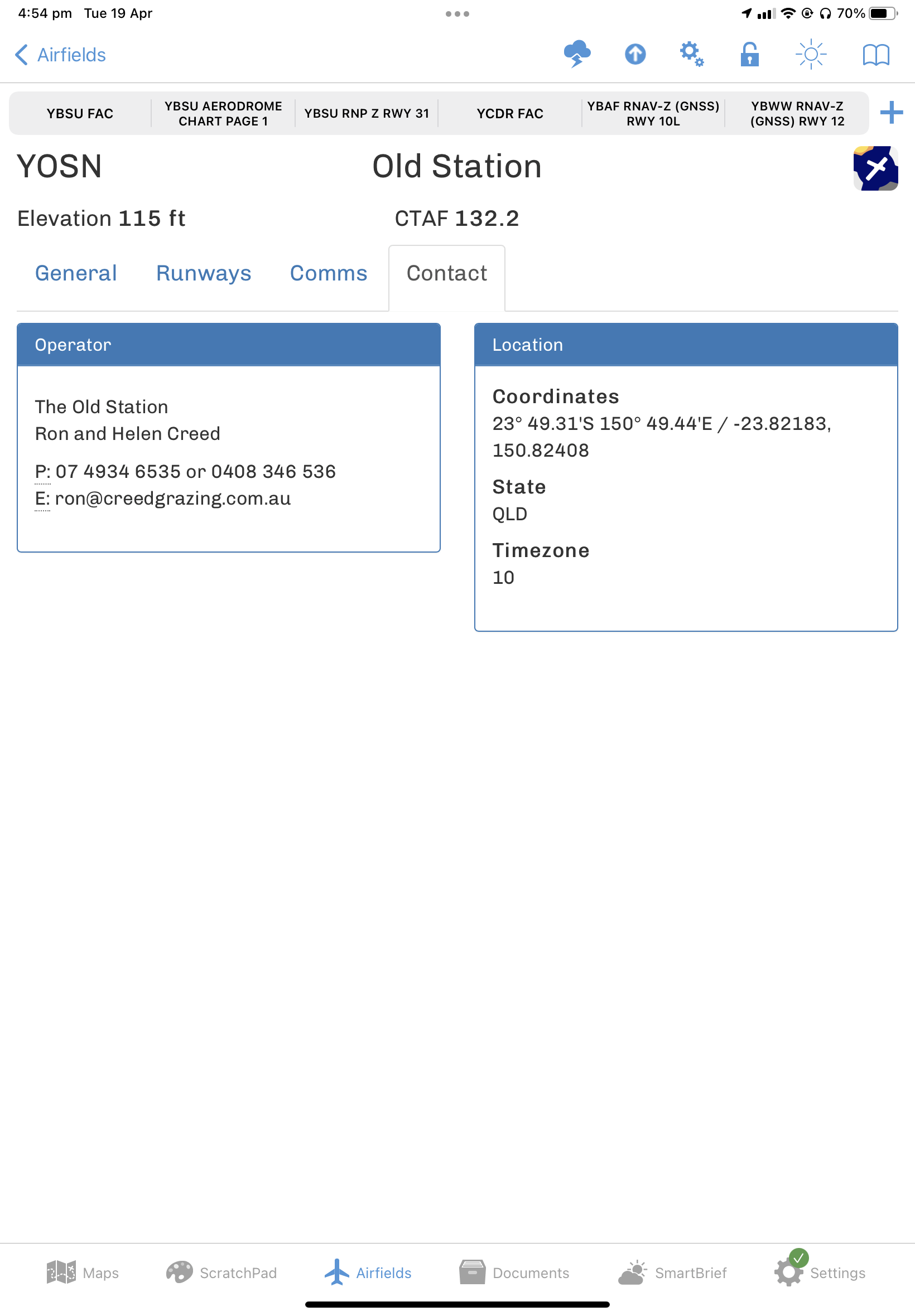
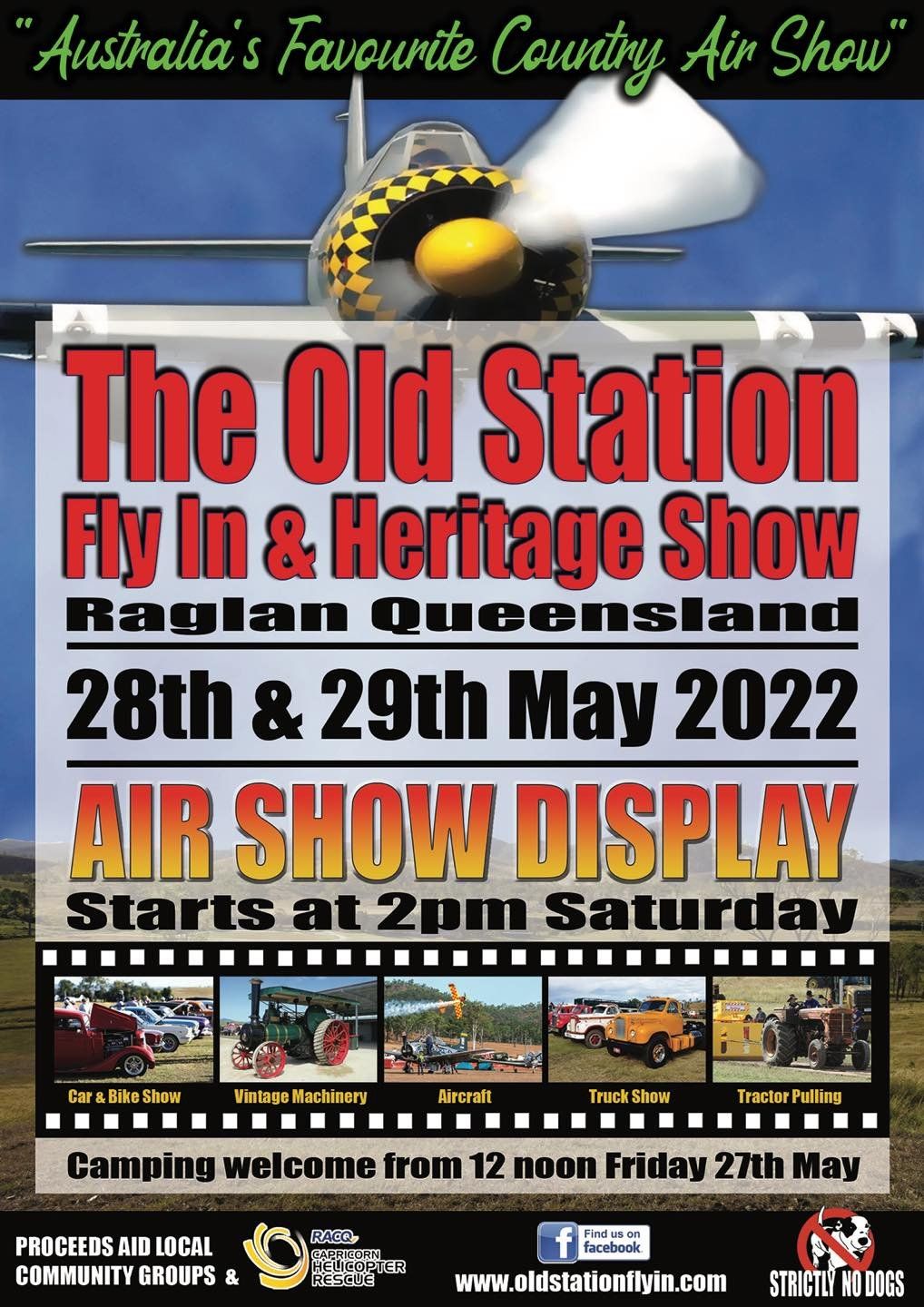
OzRunways identifier YOSN
Runway length 2000m x 18m width
Runway Orientation 06/24
Elevation 115ft
Surface dirt and grass
Windsock right of threshold RWY06
CTAF Radio Frequency 132.2
Brisbane Centre 119.55
Avgas Available
NOTE: Some of this information could be subject to change so check source documents prior to arrival.
Is underwing camping permitted? Yes
how much does it cost for pilots? $25/aircraft. Pilots and passengers will each be issued with an armband.
Where do I park? Ground staff will direct you to parking based on where your aircraft will fit best.
Can we BYO alcohol? No. The bar is open and this is the only area that is licensed.
Is AVGAS available? Yes, you can purchase AVGAS on site during the event.
What date is the show?
Saturday, 28th & Sunday 29th May, 2022
When does the main Air Display start?
2pm SHARP, so make sure you come early!
Gates open 8am.
How much does it cost to get in?
$25 Adults
$15 Children (under 18 years)
Under 5 Free
Purchase at the gate on entry.
Cash + EFTPOS available.
How do I get there?
From Rockhampton – Turn right 3kms south of the Raglan Tavern and follow the signs, turning right onto Langmorn Road (gravel road).
From Gladstone – Turn left at Ambrose and follow the bitumen until you see the air show sign, turning left onto Langmorn Road (gravel road).
Do I need to book a site to camp?
No. You will be directed to an area appropriate for your vehicle.
Can I come early to camp?
Sorry, no. Our volunteers will be busy setting up and you are welcome to arrive from 12 noon on Friday, 27th. This will be strictly enforced. Gates will be locked prior to this time. Thank you.
When is the best time to come if I am only coming for the day?
Saturday, early to mid morning to see everything on display then stay for the Air Show and Saturday night entertainment.
Can I bring our dog?
Strictly NO. The Civil Aviation Safety Authority regulations prohibit dogs anywhere on the grounds of the show for safety reasons.
Do I need to be COVID-19 vaccinated to attend?
As it is an outdoor, non-ticketed event, vaccination is not mandatory to attend this event. For the latest advice please check QLD Health
What will I see at the show?


Thank you for providing us your email address.
We have added you to our mailing list